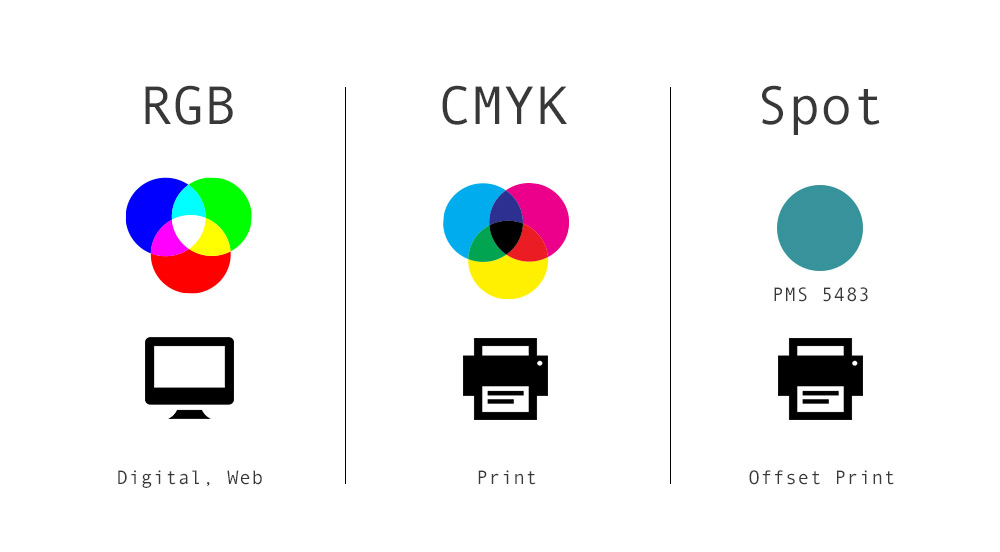Pantone Color Matching System
or Pantone Matching System (PMS) – is a database of over 2000 colors, introduced in 1962, that follow a 13-dimensional Color Model that uses 13 base colors to generate the target color, known as a spot color. These spot colors are not intended to be mixed and rather are just a reference point in the ‘arbitrary’ Pantone Color Space that a printer would try to achieve with whatever color space they printed in (dependent on their specific primary colors/pigments/dyes).
On the other hand, defining colors in CMYK will yield mixed results, as the color space is always relative to the Primaries used for CMYK printer. Two different printers will print a CMYK color differently, so a given Pantone color will have different CMYK values for different printers.
Pantone colors can also be loosely defined in RGB, but just as printers are different, so are screens, and PMS colors are not intended to be used as screen colors.
This makes the PMS specifically difficult for colorblind individuals to use, since the printer/designer needs to rely on their own color vision to choose a useful spot color, or translate that spot color for their printer/process.
